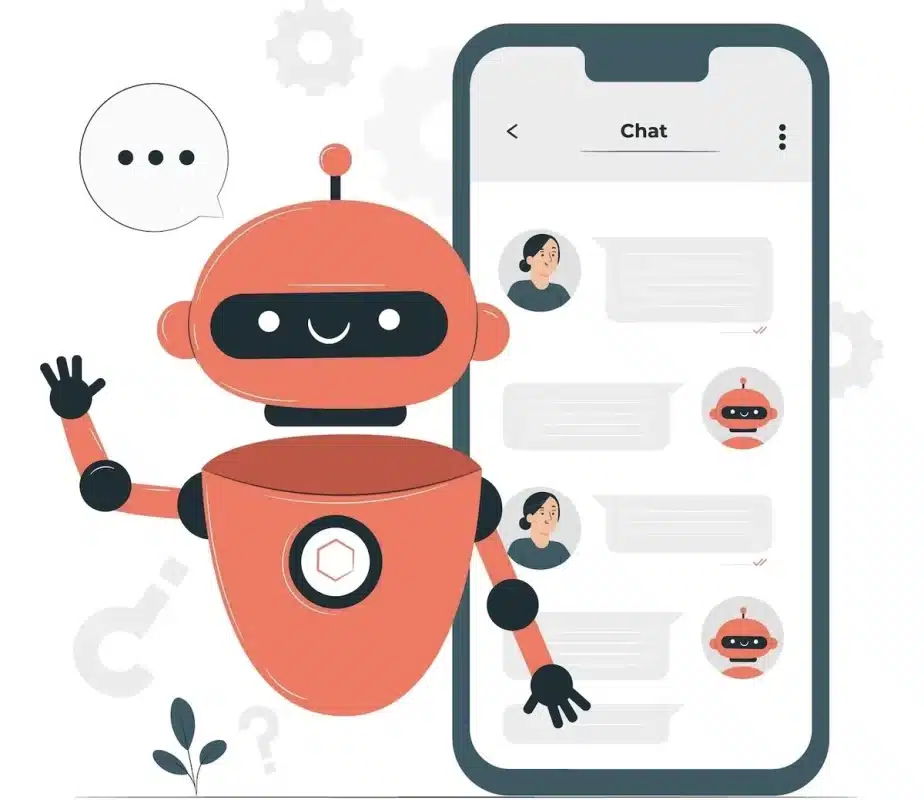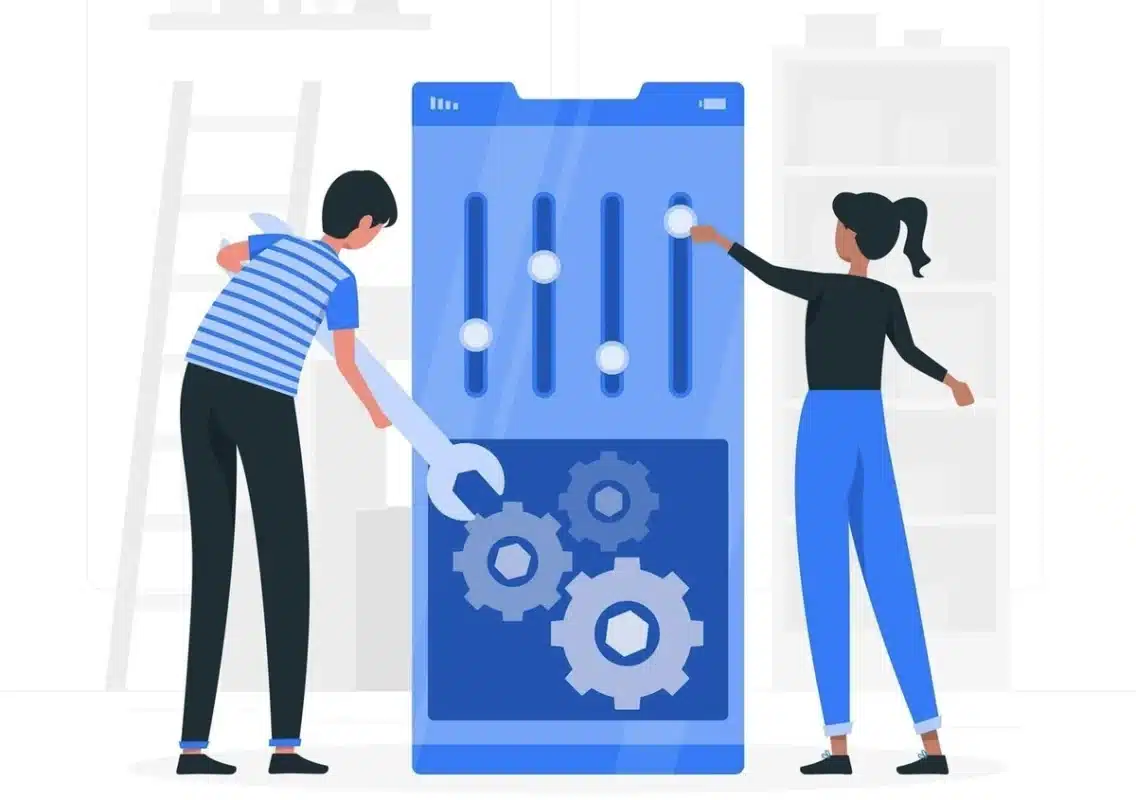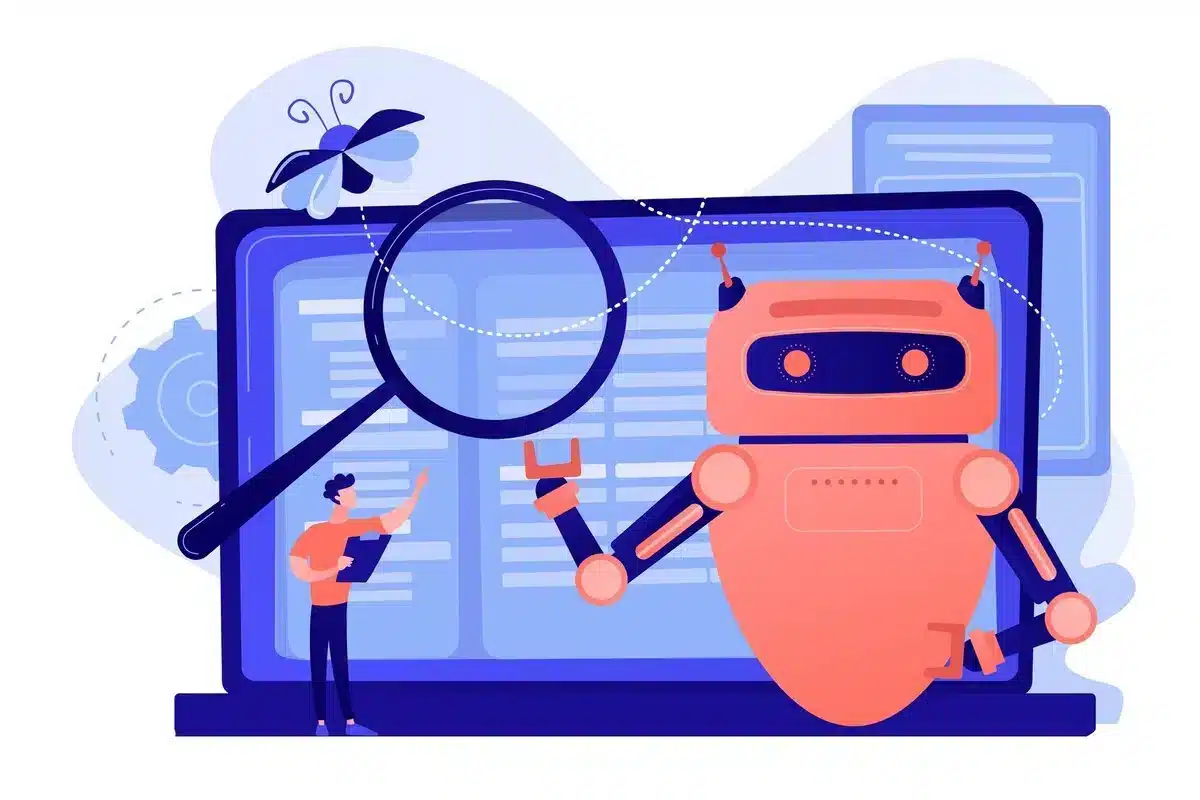How to Make ChatGPT Sound More Human

In artificial intelligence, making interactions feel as natural and human-like as possible is a crucial goal for developers and users alike.
ChatGPT, with its advanced capabilities in generating human-like text, is at the forefront of this technological evolution.
However, the quest to make ChatGPT sound more human is ongoing, as there is always a gap to bridge to achieve genuinely natural interaction.
This blog will offer valuable insights on how to make ChatGPT sound more human, covering strategies and tips to enhance its responses with greater empathy, personality, and an understanding of the subtleties of human communication.
Whether you’re a developer looking to improve user experience or a user eager to make your AI interactions more personable, this guide will help you transform ChatGPT into an even more engaging and convincingly human conversational partner.
Table of Contents
Why is it Necessary to Make ChatGPT Sound More Human

Making ChatGPT sound more human is necessary for several key reasons:
- Better User Experience: When ChatGPT responds like a person, users find the conversation more engaging and natural. This approach to making ChatGPT sound more human makes users feel like they’re talking to a friend, not a computer, enhancing their overall experience.
- More precise Communication: ChatGPT can express emotions and details more effectively by adopting a more human-like response method. Learning how to make ChatGPT sound more human ensures that messages are conveyed more clearly, reducing the chances of misunderstandings in interactions.
- Trust and Reliability: People are more inclined to trust and rely on technology that feels familiar and human-like. Focusing on how to make ChatGPT sound more human builds this trust, making users more comfortable depending on ChatGPT for various tasks.
- Accessibility and Inclusivity: For those intimidated by technology, making ChatGPT sound more human makes it more approachable and easier to use. This effort towards inclusivity ensures that more users, regardless of their tech-savvy abilities, can benefit from ChatGPT.
- Driving AI Forward: The goal of making ChatGPT sound more human also pushes the boundaries of AI development. It challenges creators to enhance natural language processing and generation, promoting innovation that benefits the entire field of conversational AI.
- Make Content AI Detection-Free: In contexts where the presence of AI-generated content could be problematic or misunderstood, making ChatGPT sound more human helps in masking the AI origin of the content. This can be crucial for maintaining the authenticity and credibility of the generated content, especially in sensitive or creative fields.
In essence, the quest on “how to make ChatGPT sound more human” is not just about improving ChatGPT itself; it’s about creating a more user-friendly, trustworthy, and inclusive technology that enhances how we interact with machines daily.
How to Make ChatGPT Sound More Human: 7 Effective Strategies
To make ChatGPT sound more human involves adopting strategies that enhance its ability to mimic human conversational styles, emotional intelligence, and advanced understanding.
Here’s a guide on how to make ChatGPT sound more human:
1. Use Natural Language

One effective method of making ChatGPT sound more human is using natural language. This includes programming ChatGPT to use phrases, idioms, and expressions commonly used in daily conversations.
Rather than defaulting to formal or technical language that can come across as detached, integrating slang and conversational tones makes ChatGPT’s interactions warmer and more engaging.
For example, in responding to a query about the weather, instead of simply stating, “The temperature is 22 degrees Celsius,“
ChatGPT could use a more friendly and engaging response like, “It’s a cozy 22 degrees out there, sounds like a great day for a picnic!“
This method helps the conversation feel genuine and adds authenticity as if you’re chatting with a friend who understands the motives and emotions behind the chat.
Embedding such natural linguistic elements is a crucial strategy in making ChatGPT sound more human, making the dialogue flow more smoothly and enhancing the overall user experience with a sense of familiarity and ease.
2. Adapt Tone and Style
Adapting tone and style is a crucial aspect of the process of how to make ChatGPT sound more human. This involves personalizing the language and expression to suit different conversational contexts and user preferences.
For example, if ChatGPT engages in a professional setting, like providing customer service for a business, it might use a formal tone and precise language.
Conversely, in a more casual conversation with a user seeking advice on hobbies or interests, ChatGPT could adopt a friendlier and more relaxed tone.
By adjusting its tone and style accordingly, ChatGPT can mimic how humans naturally adapt their language to fit various social situations, thus enhancing the authenticity and relatability of its interactions.
This adaptability allows ChatGPT to adjust to diverse communication styles, making conversations more natural and engaging for users.
3. Integrate Personalization

Integrating personalization is a vital strategy in the quest how to make ChatGPT sound more human. Personalization involves modifying ChatGPT’s responses to fit the unique preferences, history, or context of the conversation with each user.
This approach makes interactions feel more individualized and engaging, as if ChatGPT truly understands and remembers who it is conversing with.
For example, if a user frequently asks about science fiction books, ChatGPT could not only recommend new books in that genre but also reference previous discussions or recommendations.
This could include saying something like, “Based on your enjoyment of ‘Dune,’ you might also like ‘The Left Hand of Darkness.’ Have you read it yet?“
Such personalized touches contribute significantly to making ChatGPT’s interactions appear more human-like, as they replicate the natural way humans recall previous conversations and adapt their speech to their interests.
4. Incorporate Emotions and Empathy

Incorporating emotions and empathy is crucial in understanding how to make ChatGPT sound more human.
This method includes programming ChatGPT to identify and appropriately react to emotional cues in user messages.
For example, if someone is disappointed about a recent event, ChatGPT can respond with, “I’m truly sorry to hear about your disappointment. It’s natural to feel this way, and I’m here to help if you need to talk.”
This response acknowledges the user’s emotional state and provides a sense of empathy, similar to how a compassionate human would respond.
By integrating such emotional intelligence, ChatGPT offers more than just genuine replies; it provides emotional support, making interactions feel deeply human and engaging.
5. Avoid AI Detection Prompts

Avoiding AI detection prompts is another crucial aspect of making ChatGPT sound more human. This means ensuring that its responses don’t give away its artificial nature by using overly formal language or repetitive phrases.
Instead, ChatGPT should aim for detailed and natural responses, especially when addressing complex or controversial topics.
By minimizing these prompts, ChatGPT can create a more authentic and engaging conversational experience that closely mirrors human interaction.
6. Understand Context

Understanding context is a pivotal aspect of the process of how to make ChatGPT sound more human. It extends beyond merely processing individual words to comprehending the broader conversation dynamics.
For example, suppose a user asks ChatGPT about the best places to visit in Paris. In that case, understanding the context involves recognizing the user’s likely intention of seeking travel recommendations rather than historical information.
ChatGPT can then personalize its response accordingly, offering insights into famous landmarks, dining spots, and cultural experiences.
By grasping the context, ChatGPT can deliver more relevant and personalized responses, mimicking how humans naturally adjust their communication based on the situation.
7. Introduce Variability
To make ChatGPT sound more human, it’s essential to introduce variability in its responses. This means ChatGPT shouldn’t say the same thing repeatedly. Instead, it should offer different answers to similar questions.
For example, if someone asks about the weather, ChatGPT can reply in various ways each time, maybe adding a joke or some extra information.
This makes chatting with ChatGPT more exciting and feels more like talking to a natural person. Adding variety helps ChatGPT seem more like us, making our chats more engaging and enjoyable.
Conclusion
In summary, figuring out how to make ChatGPT sound more human is not just about improving a machine. It’s about making our talks with technology feel more like chatting with a friend.
By using everyday language, adding emotions, and personalizing responses, ChatGPT can become more like a real person.
As we keep improving and learning, we’re moving towards a future where talking to AI feels as natural as chatting with a human buddy.
FAQs
Why does ChatGPT sound robotic?
ChatGPT may sound robotic because it follows predefined patterns and lacks human-like nuances in its responses.
Does ChatGPT have the capability to understand emotions?
While ChatGPT doesn’t inherently understand emotions, it can mimic emotional responses based on input.
Can adding humor help in making ChatGPT sound more human?
Yes, incorporating humor can make ChatGPT’s responses more human-like and engaging.
Is there a way to customize ChatGPT’s responses to sound more tailored to specific situations?
You can train ChatGPT on specific datasets or fine-tune its parameters to suit your needs better and make its responses more tailored.
Where can I find resources to learn more about optimizing ChatGPT for human-like responses?
You can explore online tutorials, forums, and documentation from OpenAI to gain insights into optimizing ChatGPT for human-like interactions.




